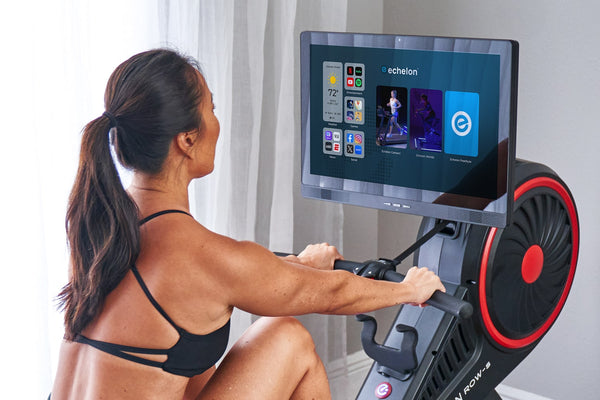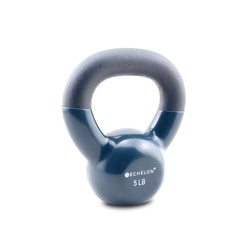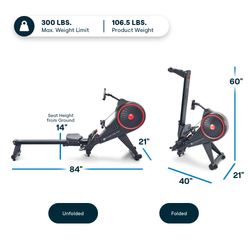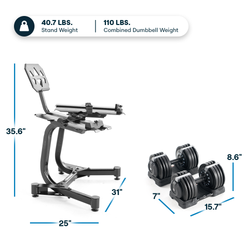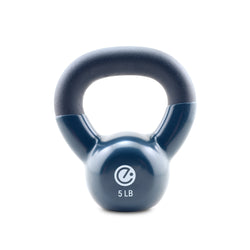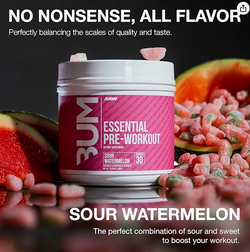Four Things to Know About Your Heart Rate

A study published by the Journal of Preventive Cardiology revealed cyclists who pedaled with more intensity lived 1.7 to 2.4 years longer than those who pedaled with average intensity. Your life may depend on just how hard you’re pedaling!
The ability to sustain long efforts is often a result of intelligent pacing and managing your blood lactate level. As acidity builds up in your blood, you lose the ability to provide enough oxygen to your muscles (your blood lactate threshold). Soon, your body will demand recovery.
Understanding the desired heart rate to pedal four minutes versus 40 seconds is key to moving up the Echelon leaderboard. Connect your Echelon heart rate monitor before the ride and manage your efforts wisely.
Here are four things to know about your heart rate:
Maximum Heart Rate -- Forget the formulas! The days of finding your max heart rate by subtracting 220 from your age is passé, at best. Knowing the maximum number of beats per minute your body will allow is important to gauge the intensity of your workout. Exceeding your Max HR isn’t the end of the world, it simply foreshadows an extended recovery period.
To find your max heart rate, jump on the bike and do a ten-minute warm-up. Next, every 30 seconds, increase your output by 15 watts (or 1 mph of speed). Your max heart rate is the last 30 seconds of work before your watts decrease. Take note of this number, and use it to create your heart rate training zones.
Further Reading: 5 Max Heart Rate Training Myths—Busted
Resting Heart Rate (RHR) -- Your number of heartbeats while at rest is an indicator of the efficiency of your heart muscle. When the body fights off viruses, it doesn’t always come with visible warnings. An increase in RHR is often a sign of such activity. More positively, RHR also relates to fitness level, though no two numbers are the same. On average, adults have a RHR between 60 and 80. Adults with an active lifestyle trend between 40-60. Many fitness trackers calculate RHR or measure it manually.
Further Reading: Reasons Your Heart is Racing
Source: Derby Crossfit
Heart Rate Recovery-- Heart Rate Recovery (HRR), according to the New England Journal of Medicine, is a strong indicator of fitness and mortality. Better conditioned individuals will have a faster decrease in heart rate Results vary, but a decrease of twelve beats per minute is the minimal number. A number of apps (iOS/Android) can assist in finding your HRR. Or use the pencil and paper approach provided by Scientific American.
Further Reading: What is Recovery Heart Rate?
Heart Rate Variability
By measuring the distance between each heartbeat, as opposed to the average number of beats per minute, heart rate variability (HRV) provides feedback about your body’s ability to take on more duress (i.e. a hard workout). HRV is an emerging metric with multiple fitness devices touting their technology. Be skeptical of mobile apps that provide HRV. They are not all created equal.
Source: Can You Measure Stress?
Further Reading: What Does Heart Rate Variability Tell Me?
